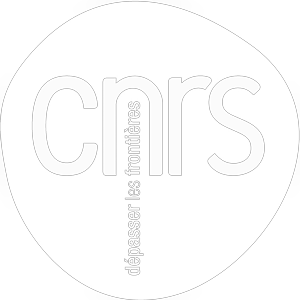Assessment of water quality from the Blue Lagoon of El Cobre mine in Santiago de Cuba: a preliminary study for water reuse
authors
keywords
- Pit lake
- Water quality
- Copper
- Ecotoxicology
- Human health
- Seasonal variations
document type
ARTabstract
The creation of pit lakes is usually an acceptable solution from the landscaping point of view for voids left by discontinued open-pit mines. However, without rehabilitation, these voids represent a potential environmental risk. The aim of the present work was to assess, for the first time, the water quality i.e. physico-chemical characteristics, metal and metalloid (MM) content and ecotoxicity of the waters of the El Cobre Blue Lagoon, a pit lake formed in an open-pit copper mine in Cuba. Potential effects of rainy season vs. dry season and spatial location (different depths) on water characteristics were considered. Results revealed that water contained was moderately acidic (pH = 4.6±0.2), with high lectrical conductivity (EC = 3.02±0.03 mS.cm-1), whatever the season. Dissolved oxygen (DO = 9.9±2.0 mg.L-1), Total Dissolved Solid (TDS = 7003±245 mg.L-1) and sulfate concentration (6556±1410 mg.L-1) in the El Cobre Blue Lagoon water were above acceptable limits for sources of surface water as recommended by Cuban standard (NC 1021:2014). High copper (43.6±1.7 mg.L-1) and manganese (24.1±1.1 mg.L-1) contents were detected. Except for EC, sulfates, chlorides, TDS, nitrates and phosphates, other physico-chemical parameters were stable between dry and rainy seasons (p<0.05). El Cobre Blue Lagoon waters showed an ecotoxicological impact on Vibrio fischeri. No significant differences were detected between all sampling points in the lake for each parameter monitored for a given time. These first results show the spatial homogeneity but poor quality of waters from El Cobre Blue lagoon. Remediation processes need to be implemented in order to lessen the human and environmental health risk and favor potential water reuse. We suggest the use of constructed wetlands for water treatment. This preliminary research work can serve to alert Cuban local public authorities to the need to rehabilitate such sites.



